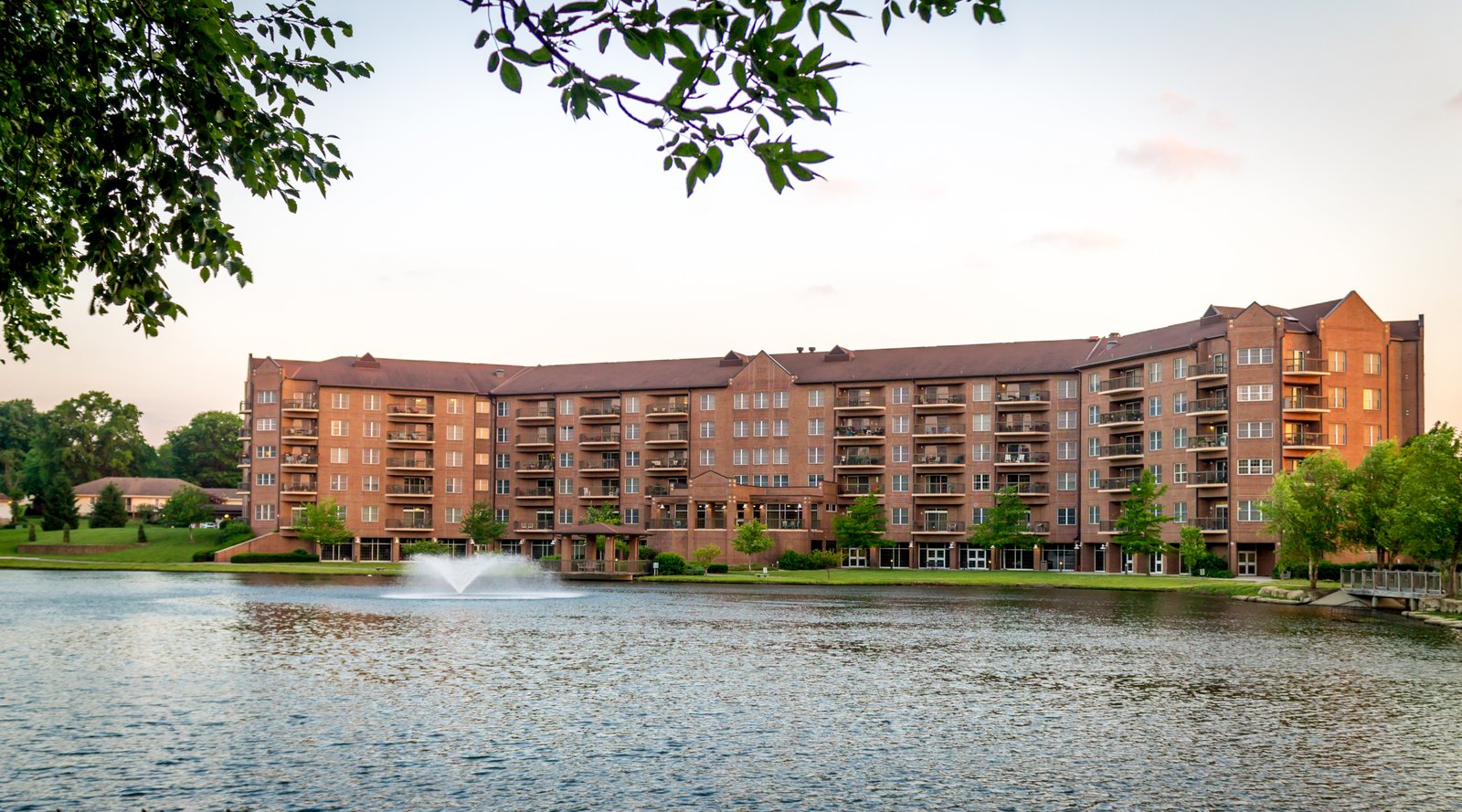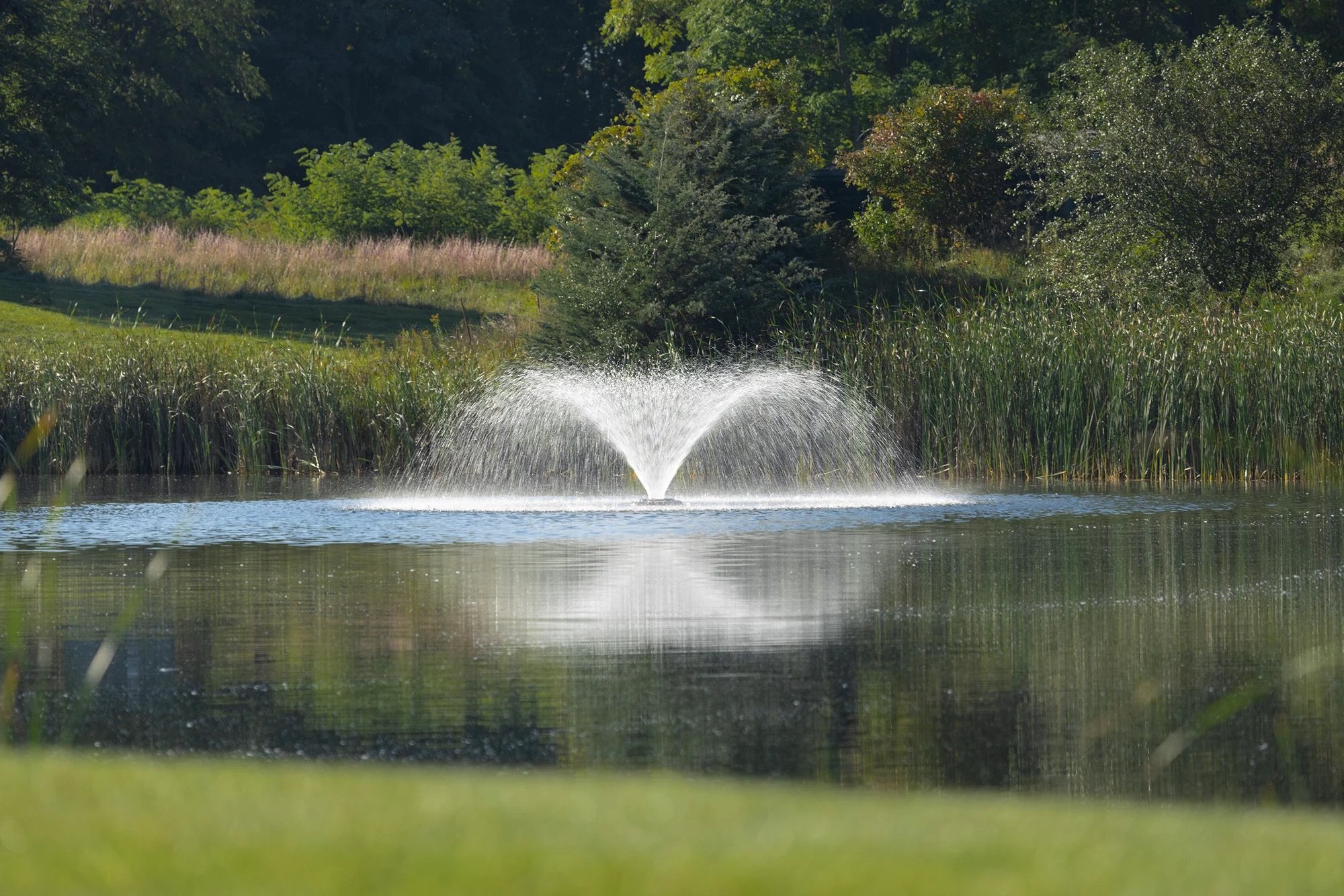
How proactive pond care protects your community’s stormwater system—and keeps you in line with local requirements
In many New England communities, stormwater ponds are more than just scenic features. They’re engineered systems designed to manage runoff, reduce flooding, and protect downstream water quality. Because they’re considered part of a community’s stormwater infrastructure, they’re also subject to inspections, performance standards, and, in many cases, permitting.
For HOAs and property managers, understanding what your pond needs—and when to take action—is key to keeping things running smoothly and staying compliant with local regulations.
1. Understand Your Pond’s Purpose
Stormwater ponds generally fall into two categories:
- Retention ponds (wet ponds): Designed to hold a permanent pool of water and slowly release stormwater after allowing sediments and pollutants to settle.
- Detention ponds (dry ponds): Designed to temporarily hold stormwater during rain events and drain completely afterward.
In New England, these systems are often covered under local stormwater management ordinances and may be included in an MS4 (Municipal Separate Storm Sewer System) program. This means they’re subject to oversight and must be maintained to perform as originally designed. Knowing your pond type helps guide your maintenance decisions—and ensures you're meeting basic compliance requirements.
2. Regular Inspections Prevent Surprises (and Fines)
Routine pond inspections are essential not just for function, but for documentation. Many communities in New England are required to maintain inspection records as part of their municipal stormwater program.
During inspections, check for:
- Erosion or shoreline damage
- Sediment accumulation near inlets or outlets
- Clogged or damaged structures
- Excessive algae or plant growth
- Debris buildup after storms
Documenting these inspections—even with simple photos and notes—can demonstrate due diligence during audits or regulatory reviews.
3. Shoreline Stability Matters
Erosion control isn’t just about aesthetics. As shorelines wear away, they deposit sediment into the pond, which can decrease storage volume and lead to water quality issues. In some cases, major erosion or sediment removal may require local permits—especially near wetlands or protected areas.
Best practices include:
- Planting native vegetative buffers
- Avoiding mowing too close to the water
- Installing stabilization features like riprap or coir logs
Keeping shorelines stable extends the life of your pond and helps avoid larger regulatory headaches down the line.
4. Manage Runoff Before It Reaches the Water
In New England, many communities have restrictions on nutrient runoff due to the risk of harmful algae blooms and water quality violations. Stormwater ponds can easily become nutrient sinks if nearby landscaping practices aren’t managed properly.
- Limit fertilizer use near water
- Maintain vegetated buffers to capture runoff
- Clean up grass clippings, leaves, and pet waste regularly
In some areas, excessive nutrient input could trigger reporting requirements or enforcement actions, so prevention is the best strategy.
5. Consider Aeration for Water Quality
Aeration systems—like fountains or diffused air setups—can help improve oxygen levels, reduce odors, and support natural biological processes that break down nutrients. Some municipalities recommend or even require aeration in stormwater ponds that struggle with persistent water quality issues.
If you’re installing a new system, always check whether electrical work or changes to water levels require local permits or conservation commission approval.
6. Keep Vegetation in CheckUnmanaged plant growth can block outlets, reduce water storage, and create headaches for both compliance and aesthetics. While some aquatic vegetation is natural and beneficial, fast-growing species like duckweed or invasive milfoil can quickly overwhelm the system.
Effective vegetation control includes:
- Regular monitoring
- Targeted cutting or mechanical removal
- Responsible herbicide use (following EPA labels and state guidelines)
- Biological options like beneficial bacteria or grass carp (permits may apply)
Always check local regulations before applying chemicals or introducing biological controls—especially near wetlands or drinking water supplies.




7. Plan Ahead to Stay Ahead
The most successful communities treat pond maintenance as part of their long-term infrastructure strategy—not just a seasonal task. A well-documented maintenance plan that includes inspection schedules, vegetation control, and water quality tracking can keep your HOA on solid ground with local regulators and help you avoid unplanned expenses.
With thoughtful maintenance and a working knowledge of local requirements, HOAs can preserve the health, safety, and beauty of their ponds for the long haul.
Contact Water and Wetland today to schedule a compliance-focused consultation.
About Water & Wetland, A Jones Lake Management Partner
Water & Wetland is a trusted expert in lake, pond, and wetland management, providing innovative and environmentally responsible solutions to control invasive species, restore shorelines, and improve water quality. As a Jones Lake Management Partner, we serve HOAs, golf courses, municipalities, and private landowners with customized lake and pond management plans designed to promote long-term ecological health. We understand the importance of proper permitting and regulatory compliance, ensuring that all projects meet local, state, and federal environmental standards. With a commitment to sustainability and science-based practices, Water & Wetland helps clients maintain thriving, well-balanced waterbodies.
